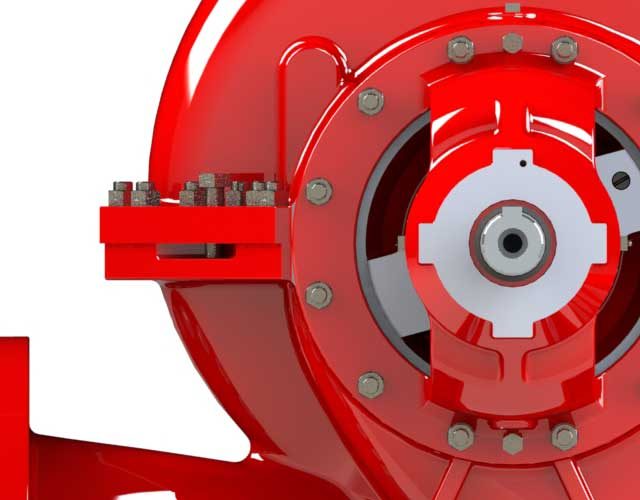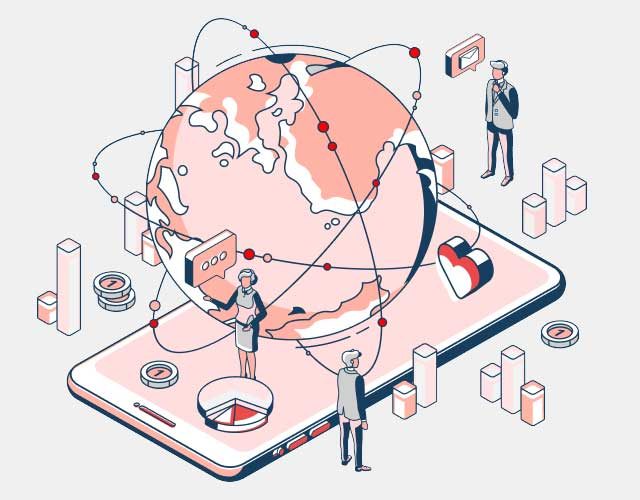Cloud Based Monitor, According to a report by NFPA, sprinkler systems operated 92% of the time in the event of a fire. In those cases, 96% extinguished the fire. So what caused 8% of sprinkler systems not to activate? Overwhelmingly, human error.
In this blog, we take a look into the benefits of using a cloud-based monitoring system over in-person inspections of fire pump suppression systems. As the report above reveals, by and large, the cases in which there were sprinkler failures, this was due to human errors that could have been avoided had cloud-based monitoring been installed.
In Person Inspections – Outdated?
The standard for inspections of fire pump systems varies around the world, with a long list of parts to check, readings to be recorded and tests to be run. Just take a look at just some of the required inspections on this weekly fire pump test here – that’s 32 items just for one type of fire pump system. The time and attention required to do a thorough and comprehensive inspection are lengthy, add to that the fact that these checks are done weekly and it’s clear to imagine that being 100% focussed and error-free each and every time may not always be possible.
The chance for human error is quite large. It’s not hard to imagine that once in a year, just one inspection is not completed properly. This may be a simple error or it may be due to negligence, the point being that errors and/or improper checks wouldn’t be unlikely. Extrapolate this over several years and the chance of human errors leading to serious failures increases, as well as the risk of aging components and the system as a whole.
Human Errors and Their Outcomes
According to the same report by NFPA, the causes of fire sprinkler system failures were:
- System shut off (59%)
- Manual intervention defeated the system (17%)
- Lack of maintenance (10%)
- Inappropriate system for the of fire (7%)
- System components damaged (7%)
It’s clear to see how in these cases, many of the failures were caused in some part by human error. System shut-off, lack of maintenance, and inappropriate system for the fire account for 76% of the failures. While errors such as manual intervention in defeating the system and there being damage to system components may also have been caused by human errors.
When lives are at stake (and in these cases, lives were lost due to the failures), any chance to reduce errors must be taken. With state-of-the-art cloud-based monitoring systems, these errors can be greatly reduced.
Cloud Based Monitoring = Eliminating Error
Cloud-based monitoring works by installing sensors on all critical parts of a fire pump system. There are also sensors for room temperature, water levels, and other crucial parameters that will ensure a system is always primed and ready to operate at its maximum capacity at all times. These sensors are then connected to a gateway within the fire pump room which in turn is connected to the cloud, giving engineers a constant feed of all critical data. Such monitoring systems should also feature alarms, notifying engineers of any anomalies and failures the moment they occur.
Furthermore, all the data collected is securely saved on the cloud, meaning all reports, checklists, and inspection notes are readily available to ensure absolute compliance with international and local safety standards.
Symbiont – A Detailed Look into Cloud-Based Monitoring
Symbiont is any industry game-changing product that can easily be installed in any fire pump room for maximum safety, while eliminating human errors. It operates by using its unique industry 4.0 IIoT control which is capable of independently collecting all available data from up to ten fire pump rooms from any sensors mounted. This data is collected by a control unit which is then transferred over a secure wired, WiFi, or 4G connection to a private cloud where it can then be accessed via the Firepump.AI application.
The gateway is UL listed to assure safety and compliance with the overall installation. With Symbiont, you’ll know exactly when any anomalies or issues arise before they become a more serious issue. It allows users to monitor all of the most crucial data and more at any time, anywhere, including:
- water supply
- fuel supply for diesel engine run drivers
- battery supply for electric motors
- pump room temperature for optimized HP for specific flow and pressure
With a monitoring system such as Symbiont, you’ll be able to vastly reduce in-person inspections, therefore eliminating many human errors that can occur from negligence, fatigue, and/or no inspections at all. It’s a major step forward in improving the safety and reliability of fire pump rooms around the world.
Eliminate Error Today
Symbiont is designed to seamlessly connect with many types of fire pump systems. Whether upgrading an existing system or building a completely new one, we can help to install this potentially life-saving technology.
At Firepump.AI, our engineers have worked tirelessly to ensure that every pump and component in which the Symbiont system is installed, is compliant with all international and local standards. We’ll even make sure that old hardware is compliant should the standards have been lost due to previously poor maintenance or outdated components.
We’re also proud to offer a range of service subscriptions, meaning you’ll never have to worry about the condition and performance of your fire pump system again, with our engineers always on-call and monitoring your system remotely.
To learn more, consult with one of our engineers today to eliminate errors and save lives.






